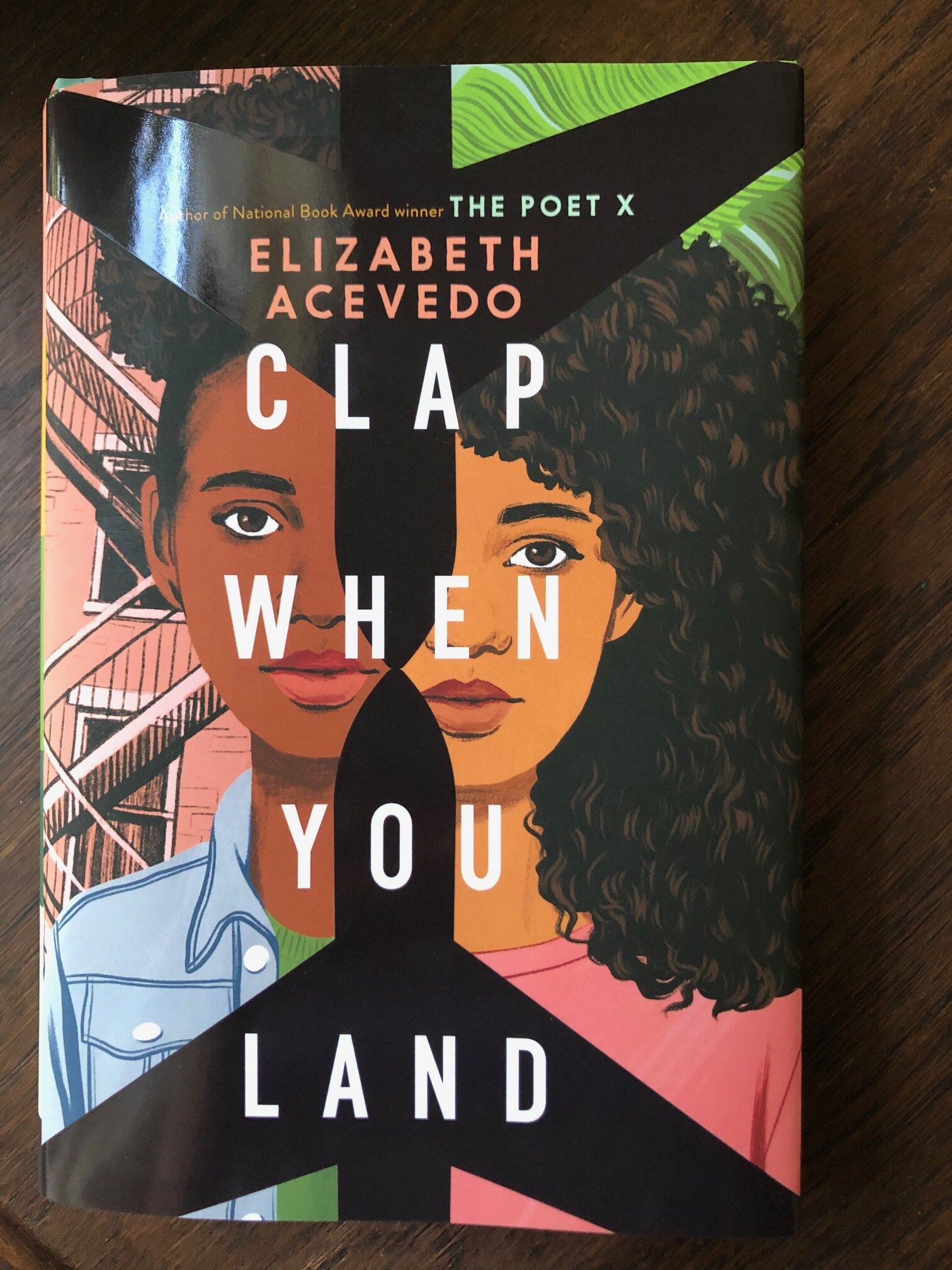By Ashliegh Gehl
The water cycle is a beautiful event happening all around us. We feel the precipitation on our skin when walking in the rain or in the thick of an icy winter, catching snowflakes on our tongues. It’s a vital recycling system providing water for all living organisms, and the act of transference is largely invisible. Even when admiring beautiful, fluffy clouds, we romanticize them instead of dwelling on the mechanics.
Andrea Curtis’s City of Water, a 40-page nonfiction picture book published by Groundwood Books (May 2021), opens with a stunning illustration of the water cycle by illustrator Katy Dockrill. It sets a warm, interconnected tone for the book which both child and adult readers will love. Those familiar with Curtis’s work, such as A Forest in the City, will feel right at home among these pages as they are immersed in the fine needlework of Curtis’s storytelling.
Straight from the top, Curtis and Dockrill point to an interesting juxtaposition: the movement of water above ground and the system of pipes below. To most, what’s underground is invisible infrastructure. It’s out of sight and out of mind because we merely walk on top of it, unaware of the strategic framework that brings water to, in some cities, millions of people. Throughout the book, Curtis and Dockrill make the invisible visible. If seeing is believing, then Curtis and Dockrill are reinforcing a critical reminder: not everything is as it seems.
Throughout City of Water, Curtis and Dockrill demonstrate how there is more to water than the cool, clean stream flowing out of our kitchen faucets. In each spread, Curtis narrows the focus and further isolates the movement of water, answering all the questions one may have about how it gets from rain clouds to rivers and eventually to our homes.
Written for audiences aged eight to twelve years old, City of Water ignites a much-needed conversation about a delicate and finite resource that sustains life on earth—a resource humans wouldn’t be able to live without. It’s a sombre thought, but as Curtis so cleverly writes, “The history of cities begins with water—most urban centers grew up near rivers, lakes, or oceans. But as cities expanded, it became necessary to supply residents with drinking water and sanitation systems to get rid of waste.”
Curtis’s sharp, to-the-point style swiftly takes the reader through the history of water and how, for many around the world, access to it is a constant challenge. A further challenge is that water that is accessible may not be suited for drinking due to pollutants and disease.
What’s endearing about City of Water is its constant message of hope–and that it’s not too late to make change. Dockrill smartly uses raindrops with illustrations of people and animals within them. Imagine a future where children grow up to see themselves in every droplet of rain and fully understand that their behaviours and actions have an immediate impact on the water cycle. The thread of interconnectedness throughout City of Water is so beautifully fluid that it inspires active participation in making our world a better place.








